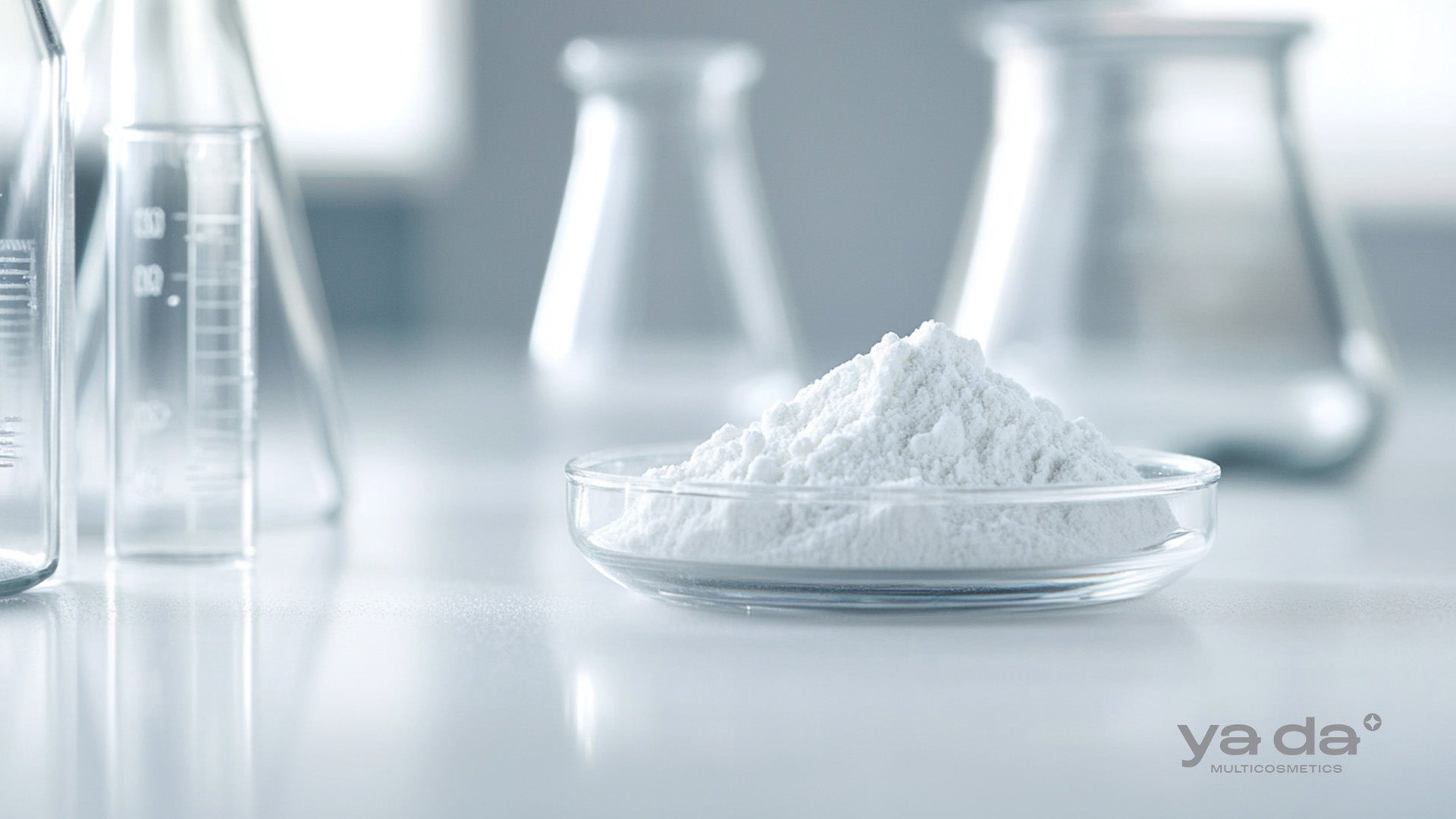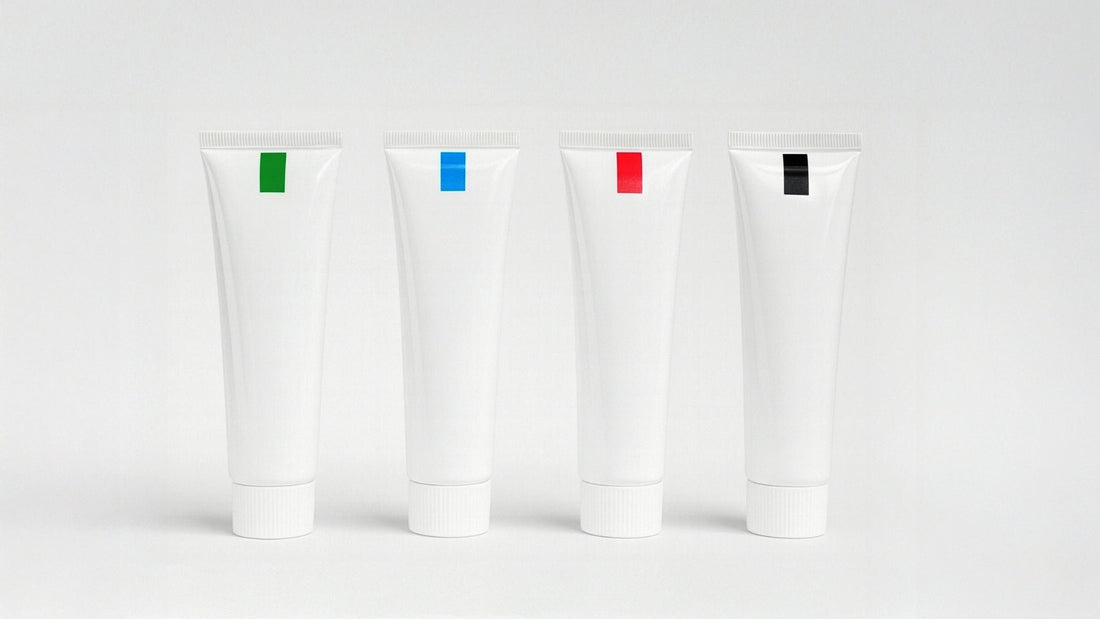Sunlight is a source of energy for living things, necessary for the continuation of life, a major source of vitamin D, stimulating melanin production in the skin, having an antibacterial effect and an immune-boosting effect, as well as being an energy source that can cause acute and chronic harmful effects when exposed to the ultraviolet (UV) rays it emits for long periods of time and without protection (1,2). Sunscreens are one of the most effective ways to protect our skin from harmful UV rays. Sunscreens contain main components such as UV filters (chemical and physical filters) that protect against UV-A and UV-B Ye rays coming from the sun, preservatives and stabilizers such as PABA, antioxidants such as vitamin C or green tea extract, moisturizers and skin care ingredients, and fragrances (3). However, the effects of some chemicals contained in sunscreens on health are still being debated. In recent years, some UV filters have been banned or their use has been restricted in the European Union. One of these filters is homosalate, which is our topic. So, what is homosalate and why is it banned?

Chemical Structure of Homosalate and Its Role in Sunscreens
Homosalate (HMS) is a salicylate molecule commonly included in commercial sunscreen formulations to protect against the adverse effects of ultraviolet (UV) radiation exposure (4). It is listed on product labels as “Homosalate, Homomentyl salicylate, HMS, 3,3,5-trimethyl-cyclohexyl-salicylate, Salicylic acid M-homomentyl ester” (5).
Chemical Properties and Function in Formulation
Homosalate is a chemical filter known for its ability to absorb UVB rays. It is produced by the Fischer-Speier esterification of salicylic acid and 3,3,5-trimethylcyclohexanol (5). The salicylic acid part of the molecule protects the skin from sun damage by absorbing ultraviolet rays with wavelengths between 295 nm and 315 nm. The hydrophobic trimethylcyclohexyl group provides oiliness that prevents it from dissolving in water. For this reason, it is often used in water-resistant sunscreens. It has low photostability, meaning it can degrade and lose its protective power over time when exposed to the sun. For this reason, it is stabilized by combining it with other UV filters such as Octocrylene or Avobenzone. Since it does not provide sufficient sun protection on its own, it is usually found in broad-spectrum sunscreens (covering both UVA and UVB) with other filters (6). Homosalate also has emollient properties, which is why it is found in moisturizers, body lotions and after-sun care products, as well as sunscreens. It provides a smoother texture in sunscreens and makes them easier to apply.
Mechanism of Action as a UV Filter
Studies have shown that HMS undergoes a rapid chemical process called "ultrafast excited state proton transfer (ESIPT)" when exposed to light. During this process, HMS undergoes a structural transformation by absorbing energy and then dissipates this energy largely as heat, rendering it harmless. In addition, laser studies have determined that HMS has two different forms (conformers). One of these performs the ESIPT process, while the other does not. Overall, these studies show that HMS works effectively as a sunscreen and has favorable photophysical properties (4).
Adverse Effects on the Endocrine System and Health Risks
The endocrine system regulates the balance of hormones in our body, and even the smallest changes can have major effects on our health. Studies suggest that Homosalate can bind to estrogen, progesterone and androgen receptors in the body and that these interactions can find hormone levels. This can have negative effects, especially on reproductive health and thyroid function. It can also increase the risk of cancer and cause skin irritation and redness.
Changes in Hormonal Balance
In a study conducted on human cells, it was observed in in vitro experiments that 6 UV filters, including Homosalate, exhibited estrogenic activity by binding to estrogen receptors. Homosalate is a lipophilic (fat-soluble) compound, so it tended to accumulate in the environment and organisms. It has been found in fish and aquatic ecosystems and has been reported to carry potential long-term ecological risks. However, in in vivo tests conducted on a transgenic zebrafish model, it was determined that Homosalate exhibited significant estrogenic activity. The general conclusion of the study is that UV filters tend to accumulate in the environment and could potentially have long-term effects. Therefore, it was emphasized that Homosalate and other UV filters should be further investigated in terms of their hormone disrupting effects (7). In addition, it was determined that human breast cancer cells, which grow and proliferate under the influence of estrogen, showed 3.5 times more growth and proliferation as a result of exposure to Homosalate (8).

Effects on Reproductive Health and Clinical Findings
Studies have shown that Homosalate suppresses androgen receptors, which can affect the reproductive system. In particular, another study has indicated that this chemical may be linked to female infertility, endometriosis, and polycystic ovary syndrome (PCOS) (9). Homosalate can cross the placenta during pregnancy and have negative effects on trophoblast cells. Normal proliferation and invasion of trophoblast cells are critical for placental development; however, homosalate can suppress the proliferation of these cells and cause placental vascular restructuring. This can lead to pregnancy complications such as spontaneous abortion and intrauterine growth retardation. In addition, homosalate has estrogenic activity, affecting the endocrine system, and has been detected in breast milk and placental tissues. Although homosalate, which mixes with the blood through products such as sunscreens, has the potential to be transmitted to the fetus, it has been stated that more research is needed to understand the exact effects of this substance on pregnancy (9).
International Cosmetic Regulations and Reasons for Bans
The main reason for the ban on homosalate is that it should not be considered a safe cosmetic ingredient. The European Union has determined that this substance poses a health risk and harms the environment when used above a certain dose and has restricted it. Its negative effects on the marine ecosystem in particular have been proven by scientific studies. While research on homosalate continues in countries such as the USA, experts advise consumers to turn to safer alternatives.
EU Cosmetics Regulation Changes
With the recent changes to the European Union (EU) Cosmetics Regulation, the use of homosalate in cosmetic products has been re-regulated. The Scientific Committee (SCCS) has determined that homosalate is not safe to use as a UV filter at concentrations up to 10%, considering its potential endocrine disrupting properties, and this substance is only considered safe to use in facial products (non-spray and pump spray products) up to a maximum concentration of 7.34%. This regulation aims to limit the use of homosalate in other cosmetic products and to increase consumer safety. These changes were announced on November 11, 2022 and entered into force on January 1, 2025 (10,11).
Legal Regulations and Adaptation Process in the Global Market
With the entry into force of these changes, a transition period of 24 months has been determined for new products to be launched on the market and 30 months for existing products to comply. In this context, the Turkish Medicines and Medical Devices Agency (TİTCK) has also started to update national cosmetic legislation to be compatible with the EU Cosmetics Regulation. In October 2022, the European Commission reduced the maximum permitted concentration of homosalate in body sunscreens from 10% to 0.5%. The Canadian Ministry of Health accepts homosalate as safe but is following developments in the EU. The Australian Therapeutic Goods Administration (TGA) accepts homosalate and allows its use up to 10%. The FDA has not evaluated homosalate on the GREASE (Generally Recognized As Safe and Effective) list and is requesting more safety data and is currently allowed to use up to a maximum of 15% (12, 13). Some alternatives that are considered safer to replace homosalate have become more popular. These are; mineral-based sunscreens such as zinc oxide and titanium dioxide. They provide physical protection instead of chemical filters and offer a safer alternative. Mexoryl SX and Tinosorb S are shown as safer options with fewer endocrine disrupting properties (12,14). In conclusion, considering the potential risks of homosalate, it would be a safer choice, especially for pregnant women, children and individuals with sensitive skin, to prefer sunscreens that do not contain homosalate, are mineral-based or contain low-risk chemical filters, both to protect skin health and to avoid long-term health risks. While sun protection is vital, the content of the products used should be evaluated as carefully as the protection factor. Therefore, it is of great importance to make a conscious choice when choosing sunscreens, which are one of the skin care products .
References:
- Gül, Ü. (2012). Environmental Factors Affecting Skin Aging. Turkey Clinics Dermatology-Special Topics, 5(4), 1-6.
- Slevin, T. (Ed.). (2014). Sun, skin and health. Csiro Publishing. Cancer Council. Western Australia.
- TEKBAŞ, Ö. F., Didem, EVC İ., & ÖZCAN, UDU AN INCREASING DANGER WITH THE APPROACHING SUMMER SEASON: ULTRAVIOLET RAYS FROM THE SUN.
- Holt, EL, Krokidi, K.M., Turner, MA, Mishra, P., Zwier, TS, Rodrigues, NDN, & Stavros, V.G. (2020). Insights into the photoprotection mechanism of the UV filter homosalate. Physical Chemistry Chemical Physics, 22(27), 15509-15519.
- Homosalate, ChemIDplus.
- Wong, NG, Rankine, CD, Anstöter, CS, & Dessent, CE (2022). Photostability of the deprotonated forms of the UV filters homosalate and octyl salicylate: molecular dissociation versus electron detachment following UV excitation. Physical Chemistry Chemical Physics, 24(28), 17068-17076.
- Schreurs, R., Lanser, P., Seinen, W., & van der Burg, B. (2002). Estrogenic activity of UV filters determined by an in vitro reporter gene assay and an in vivo transgenic zebrafish assay. Archives of toxicology, 76, 257-261.
- Jiménez-Díaz, I., Molina-Molina, J.M., Zafra-Gómez, A., Ballesteros, O., Navalón, A., Real, M., ... & Olea, N. (2013). Simultaneous determination of the UV-filters benzyl salicylate, phenyl salicylate, octyl salicylate, homosalate, 3-(4-methylbenzylidene) camphor and 3-benzylidene camphor in human placental tissue by LC–MS/MS. Assessment of their in vitro endocrine activity. Journal of Chromatography B, 936, 80-87.
- Yang, C., Lim, W., Bazer, F.W., & Song, G. (2018). Homosalate aggravates the invasion of human trophoblast cells as well as regulates intracellular signaling pathways including PI3K/AKT and MAPK pathways. Environmental Pollution, 243, 1263-1273.
- Scientific Committee on Consumer Safety (SCCS). "Opinion on Homosalate." European Union, 2021.
- US Food and Drug Administration (FDA). "Sunscreen: How to Help Protect Your Skin from the Sun." FDA, FDA.
- US Food and Drug Administration. (n.d.). CFR - Code of Federal Regulations Title 21. Retrieved from https://www.fda.gov/drugs/understanding-over-counter-medicines/questions-and-answers-fda-posts-deemed-final-order-and-proposed-order-over-counter-sunscreen
- Health Canada. (2022). Draft: Guidance document - sunscreen monograph. Retrieved from https://www.canada.ca/content/dam/eccc/documents/pdf/pded/salicylates/Risk-management-scope-salicylates-group.pdf
- Benson, H. A. (2007). Sunscreens: efficacy, skin penetration, and toxicological aspects. In Dermatologic, Cosmeceutic, and Cosmetic Development (pp. 433-450). CRC Press.





